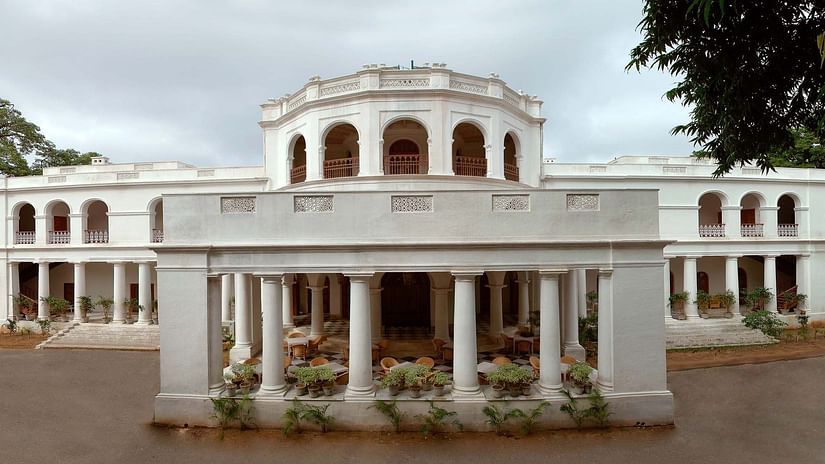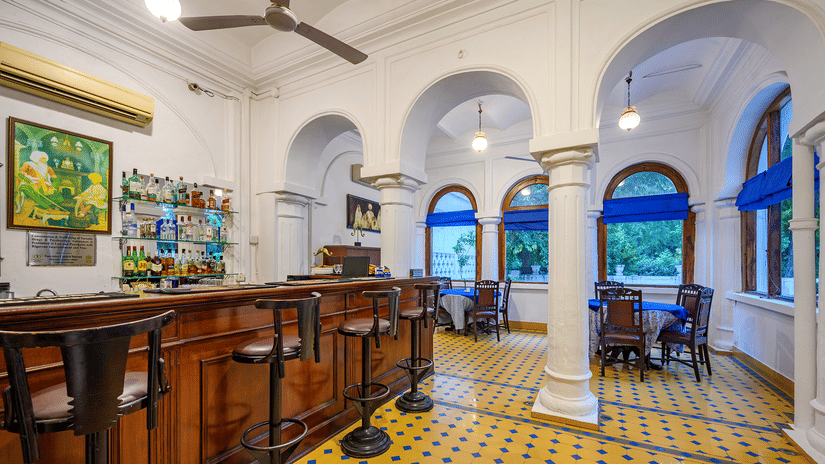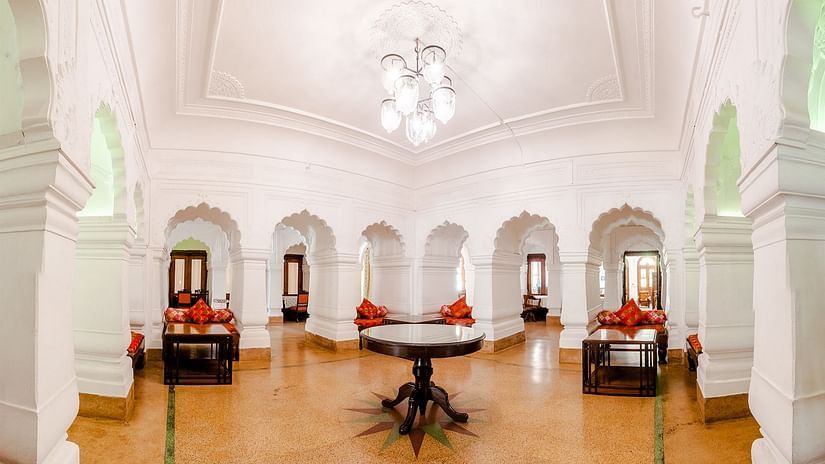19th Century; Patiala, Punjab
The Baradari Palace may be one of the more modest Palaces of Patiala, but it certainly scores high on passion and dedication that brought it back from obscurity.
The Baradari Palace is a white, collonaded building, centered on a rectangular Sikh-Mughal-style, twelve door pavilion or baradari which gave its name to a splendid garden commissioned by the then ruler Maharaja Rajinder Singh. It was designed in 1876 by Kaur Sahib Ranbir Singh, the younger brother of the Maharaja. Not as ostentatious as the other palaces of Patiala, it is nonetheless significant as a piece of Colonial architecture.
Prior to this, the Patiala family had lived in Qila Mubarak, once Asia’s largest residence. This is now a museum full of royal memorabilia, which merits a visit.
Maharaja Rajinder Singh of Patiala, who commissioned The Baradari Palace, was a quiet nonconformist. He championed women’s rights, implemented reforms and later defied all taboos to marry an Irishwoman. He was also known for the ease with which he integrated all cultures. Today the Baradari Palace has come alive and seems to have become an architectural portraiture of the Maharaja: it refuses to conform to a single architecture style, and happily unites Hindustani, Mughal and Colonial trappings!


Over the years, the Baradari Palace has gathered more and more history. It housed the Shahi Mehmandari (the state guest house), the Punjabi University – and from 1972 to 2006, the Punjab State Archives. Eventually, when the founder-restorers of Neemrana took over the building, they decided not just to preserve the original period look through careful restoration, but also to revitalize it to suit the requirements of the present day traveller.
The earlier rooms on the ground floor with very high ceilings face the garden, whereas the Maharaja lived on the upper floors with his three wives: Sikh, Muslim, and Christian. When they moved to The Baradari Palace, in keeping with the very British tastes of the period, a cricket field, a skating rink and a mono-rail were also built around it.
A sprawling garden-palace in the heart of culturally-rich Patiala evokes an era of art and music generously patronised by the royal family. If the Patiala peg spells quantity – then in the same tradition, Our heritage hotel in Patiala speaks volumes on hospitality and space! Discover an architectural marvel at the heart of this jewel!

